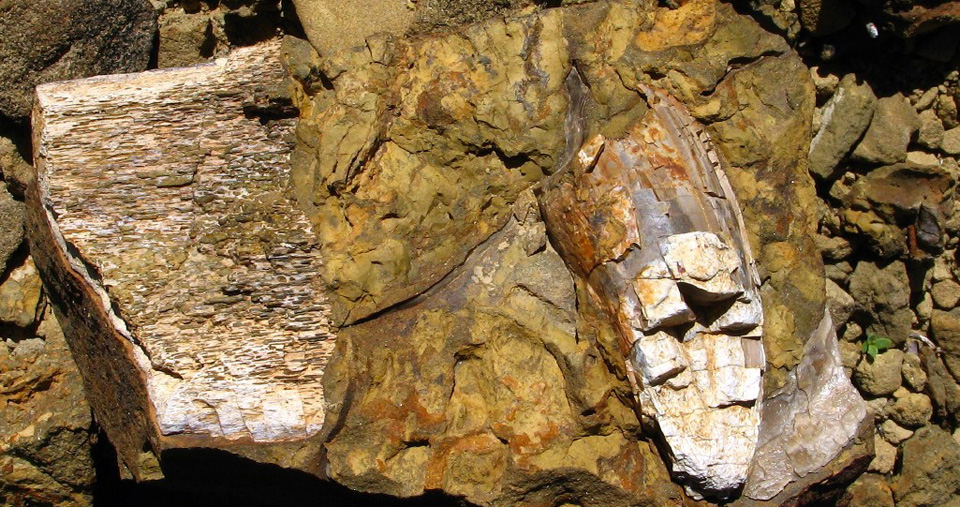A professional paleontologist has identified a new species of coelacanth from 100 million-year-old fossil remains found in the fossil-rich Duck Creek Formation, Texas.

This image shows a piece of tiny fossil skull of the new coelacanth species Reidus hilli (Dale Winkler / Southern Methodist University)
“Coelacanth fossils have been found on every continent except Antarctica. Few have been found in Texas,” said John Graf of Southern Methodist University in Dallas, author of a paper reporting the discovery in the Historical Biology: An International Journal of Paleobiology. “These animals have one of the longest lineages of any vertebrates that we know.”

“The specimen is the first coelacanth in Texas from the Cretaceous,” Graf said. “The Cretaceous geologic period extended from 146 million years ago to 66 million years ago.”
The paleontologist named the new species Reidus hilli for Robert T. Hill, a geologist with the US Geological Survey who led surveys of Texas during the 1800s. Hill described much of the geology of Texas, including the Duck Creek Formation. Hill is acclaimed as the “Father of Texas Geology.”
R. hilli is now the youngest coelacanth identified in Texas, previously the youngest was a 200 million-year-old coelacanth from the Triassic.

The specimen came from the Duck Creek Formation, which is a layer-cake band of limestone and shale about 40 feet thick. “The fossil was found in marine sediments,” Graf said. “It is one of many marine fossils found in the North Texas area, which 100 million years ago was covered by the Western Interior Seaway that divided North America from the Gulf of Mexico to the Arctic Ocean.”
“That is unique to younger coelacanths,” Graf said. “The oldest coelacanths were usually found in freshwater deposits and it wasn’t until the Cretaceous that we start seeing this transition into a more marine environment.”

Identification of R. hilli brings the number of coelacanth species worldwide to 81, including two that are alive today.
Source: sci.news








